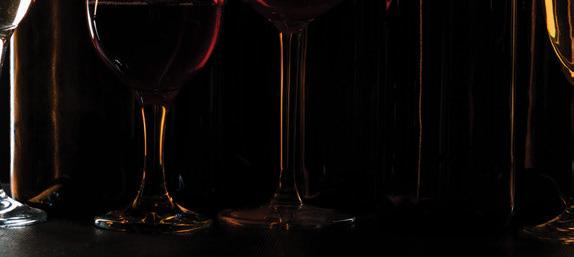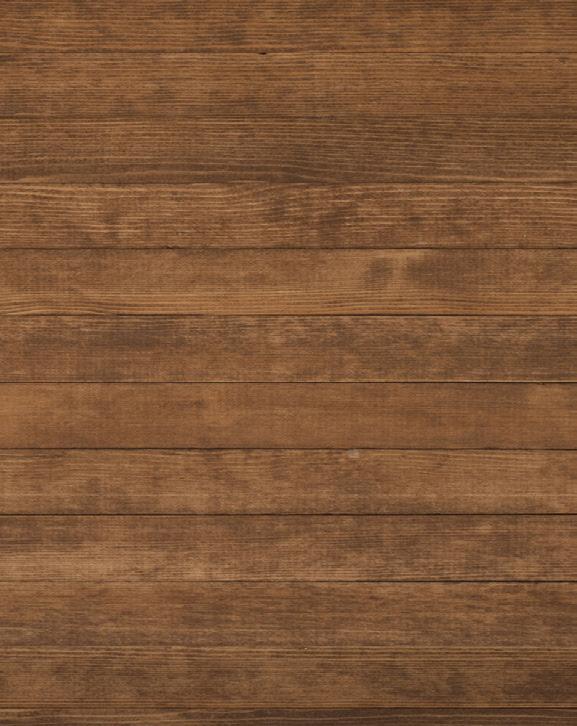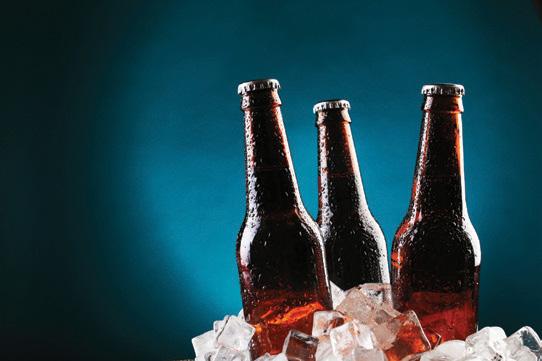
1 minute read
FAST FACTS
from Beating the Odds

Newly EXPANDED!!!

CASE DISCOUNTS AVAILABLE!

Scan QR Code to Learn More or Join Today!

BEER, WINE & LIQUOR. DELIVERED TO YOUR DOOR. HOMES, CAMPS OR BIZ! IN AS LITTLE AS 1 HOUR QUESTIONS? CALL: 985-873-9189

SHOP ONLINE AT: WWW.CANNATAS.COM
FOR QUESTIONS, INQUIRIES & ORDERS CONTACT:
LANE BATES 985-209-9762 LANEBATES@CANNATAS.COM FUN FACTS
POP THE CORK AND LET’S RING IN THE NEW YEAR!
CHAMPAGNE IS TRADITIONALLY SERVED TO TOAST TO THE NEW YEAR. HOW MUCH DO YOU REALLY KNOW ABOUT FRANCE’S FAMOUS SPARKLING WINE?
The sparkling wine is only called champagne if it is produced in the Champagne region in northeast France.

Champagne is traditionally made from three grapes: Chardonnay, Pinot Noir and Pinot Meunier.
There are approximately 49 million bubbles in a standard sized bottle of Champagne.
The iron basket that keeps the cork in place is called the muselet. You have to turn the iron wire six times before we can open the muselet.
The longest recorded flight of a Champagne cork is over 177 feet.
A Champagne cork can reach a velocity of around 40 miles per hour if popped out of the bottle.

There is about 90 pounds per square inch of pressure in a bottle of Champagne.
The bubble trains that form along the sides of a full Champagne flute of the beverage are called collerettes.
Sabrage is the art of decapitating a bottle of sparkling wine or Champagne. The sabrage is considered to be perfect when there are no glass splinters, a straight cut and no champagne is spilt.








